The average lifespan of a pair of mass-produced work boots is anywhere between six months and two years.
If they’re worn daily, and you work on rugged terrain, you’ll rarely get more than a year out of your boots, though if they’re cared for and regularly conditioned, some boots will last three years.
Hand-made boots can last much longer due to the premium materials used in construction. As with most products, you get what you pay for, and a $60 pair of boots simply can’t compete for longevity with a pair of $600 premium boots.
I don’t know about you, but I’ve always found it hard to throw away an old pair of boots.
It’s tough to judge when my boots have finally “had it,” especially as one pair would last longer than another, so I looked into it in more detail.
The build quality, cost, usage, and how well you look after your boots directly affect their lifespan.
In this article, I’ll go over how long an average pair of boots last, why your boots aren’t lasting as long as you’d like, and how to prolong their life, saving you hassle and money.
Table of Contents
How Long Should I Expect My Work Boots to Last?
You’ll need to consider several key factors when trying to guess how long a new pair of boots will last.
You’ll often find that one or two things affect how long your boots will last. Once you’ve identified why your boots aren’t lasting as long as expected, you can often tweak how you use them and prolong their life.
Getting What You Paid For
The cost of your boots will impact how long they last, although exceptions to the rule exist.
If you’ve paid $50 for boots, you’re unlikely to get more than 6-12 months out of them, especially if you work in a harsh environment. On the other hand, investing in a pair of $500 premium leather boots should provide you with several years of wear.
The more money you can invest into buying your work boots, the longer they should last, though always check product reviews, as you can find some great boots that last for a reasonable price.
Working Conditions
Your job and the working conditions your boots will have to handle significantly impact your boot lifespan.
A well-built pair of work boots can last between 12 and 36 months, but if you’re working in construction, where the ground gets muddy and wet, your boots quickly start to degenerate.
If you work in a warehouse environment, your boots could last several years, but only six months in a demolition job where your boots take much more damage. The list is endless, but the point is, knowing what work you’re doing every day should give you some expectation of how long your boots will last.
Caring for Your Boots
After a hard day at work, the last thing on your mind is sitting down with a brush and leather conditioner to clean your work boots. It’s a job most people put off until it’s too late, but one that’s vital for keeping your boots in good condition.
If you remember the hassle you had when breaking in your new boots, maintaining and caring for your boots is the best way to avoid having to go through that again.
Cleaning and preserving your work boots with a Kiwi Saddle Soap can add months, even years, of life to your boots. Whether it’s saddle soap, Red Wing Mink oil, or any other conditioner, brushing your boots off and keeping them clean and healthy makes all the difference.
Red Wing Mink Oil Conditioner is designed with lanolin and silicone to soften and condition the leather while increasing water resistance.
How Often You Wear Your Boots
Boots are a bit like car tires—the more use they get, the quicker they’ll wear down.
Wearing your boots five or six days a week will speed up aging, wearing down the sole and putting extra strain on the upper. If you wear a steel toe boot, one of the first things you’ll see is the steel toe starting to show at the front of your boots.
A good way to add life to your work boots is to have two pairs, occasionally swapping out one pair for another. Giving your boots a chance to recover, especially if you use that time to clean and apply a conditioner, will add to their longevity.
Taking your boots off after finishing work will also increase their lifespan. Your work boots are often the most comfortable as you wear them often, and it’s an easy trap to keep wearing them outside of work.
The more mileage your car has on the clock, the more care it’ll need, and it’s the same for your boots.
You walk miles in your work boots, putting them through a lot of punishment, so giving them a break while you wear other boots is a great idea. It’s also an excellent time to start breaking in a new pair of boots, and it prevents you from injuring your feet by having to wear new boots constantly.
Mass Produced vs Hand-Made Boots
Just like the price you paid for your boots, the build quality and the materials used all affect the lifespan of your boots.
There’s nothing wrong with mass production, 99% of my clothes and footwear are mass-produced, and they all work just fine. When you combine the cost of an item with whether it’s handmade or mass-produced, you see a real difference in quality.
With an average, low-cost pair of off-the-shelf boots lasting around 6-12 months, the materials used have a huge say in the lifespan. With cheap leather, poor-quality stitching, and very little quality control, it’s no wonder your boots barely made it through the year.
On the other end of the spectrum, a pair of hand-made leather boots crafted with the best materials checked and rechecked by the cobbler for imperfections can last you a lifetime.
I’ve never seen a better pair of hand-made boots than those at Nick’s Handmade Boots. An off-the-rack pair of boots might have 2-3oz leather, but Nick’s uses 7-8oz leather, making it noticeably thicker and more robust.
Hand-made boots can be repaired much more easily than mass-produced boots, with a resole or even a total rebuild being possible. When your boots are off-the-shelf, they can reach a point where there’s no chance of repair.
A fully customizable boot such as Nick’s Hot Shot Classic Arch can last for over a decade—it’s an absolute beast of a boot. Not only will the build quality be far superior, but the materials used are also the best, making the boot last much longer.
Unlike certain types of mass-produced boots, if you see any wear or damage to a handmade boot, you’ll be able to have it repaired. The cost to reward with trying to fix an inexpensive work boot sometimes isn’t worth your time or money.
Just like apple pie tastes better when it’s homemade, there’s something awesome about a pair of hand-crafted Nicks Hot Shots. Customizable design and build, outstanding premium materials, all put together by hand, Nicks boots are made to last a lifetime. Pricey but premium, these boots are perfect for hard work and looking good while you do it.
Special Requirements
If you need your boots to have specific features, such as being waterproof or electrical hazard rated, you’ll find that over time, the boots lose that feature.
While your boots might look fine, you might have to replace them if they’re not fit for purpose. EH-rated boots can save your life, but if the sole wears down or your steel toe cap shows, they won’t protect you from an electric shock.
At this point, you’re going to have to replace them even if they still look okay and feel comfortable to wear.
It’s the same for waterproof work boots. You don’t want to work all day with wet feet, and whether the boots look good or not is irrelevant. They’re not doing the job you bought them for.
It’s worth considering that work boots only last until they don’t do the job you bought them for.
3 Ways to Make Your Work Boots Last Longer
While work boots have a lifespan that depends on the type of abuse you put them through daily, there are ways to prolong their life.
Treating your work boots as part of your toolkit is always great. Just like you’ll know how far you can push yourself or your power tools, knowing how much your boots can take before they fall apart is half the battle.
The best ways to make your work boots last longer are:
1. Regular Cleaning & Conditioning
Looking after your boots by keeping them clean and well-conditioned can be one of the very best ways to prolong their lifespan.
Leaving mud, oil, or tar on your boots damages the leather, so you should always take the time to remove anything that’s stuck to your boots.
A decent horsehair brush such as the Jovitec Horsehair Shoe Brush Kit is ideal for work boots as it won’t scuff the leather but will remove dirt and mud. You should always clean off your boots before conditioning them.
The last thing you need is a brush that damages your boots, and a horsehair shoe brush like this super pack from Jovitec is the perfect gift for boot lovers. This set comes with a large brush for giving your boots the cleaning they need and the bonus of two smaller, round-head brushes for applying saddle soap or mink oil.
Conditioning your boots keeps the leather hydrated and pliable, and it’s an absolute must at least once a month. Using Kiwi Saddle Soap or Red Wing Mink oil to clean and refresh your boots will add to their look and lifespan.
2. Proper Storage
We’ve all trailed mud into the home on the sole of our boots before and suffered our partner’s wrath for it.
Leaving your boots in the porch or garage might keep your floors clean, but it can wreak havoc on your longevity. You should always store your boots in a dry, cool place, preferably away from anywhere mold might grow.
Having somewhere like a Caxxa Boot Rack to store your boots will prevent mold and encourage you to clean your boots rather than leave them outside.
3. Alternate Your Boots
One of the best ways I’ve found to prolong the life of my boots is to give them a chance to recover, especially when working in demanding environments.
Constant daily use will increase the chance your boots will fail, and you’ll have less time to clean them as you use the excuse “I’ll only get them dirty again tomorrow” to avoid cleaning them.
Having two pairs of work boots means you can swap out your boots occasionally, letting one pair dry out, get cleaned and conditioned, and have time to recover before being worn again.
Boots That Last
Putting a timescale on how long a pair of work boots will last is tricky because every boot is different, and one person’s working day will be completely different from another’s.
I created this guide so you’d think about why your boots might only last six months or two years if you’re lucky.
Once you tie together the fact that you’ve spent a fortune on a pair of boots but never cleaned them, it should encourage you to start taking better care of them. If you’ve bought a cheap pair of boots, you’ll probably get less than a year out of them, cleaned or not.
If the cost isn’t a concern, then you’ll never find a more long-lasting pair of boots than Nicks Hot Shot Classic Arch, as the premium materials and insane craftsmanship mean Nicks boots can last a decade or more.
Just like apple pie tastes better when it’s homemade, there’s something awesome about a pair of hand-crafted Nicks Hot Shots. Customizable design and build, outstanding premium materials, all put together by hand, Nicks boots are made to last a lifetime. Pricey but premium, these boots are perfect for hard work and looking good while you do it.
FAQs
How long does the average pair of boots last?
On average, a pair of boots can last between six months and three years, depending on your work. The harder the job, the more your boots will suffer. In some roles, you’ll rarely get more than six months before needing to replace your boots, though in others, your boots can last for several years.
How do you tell when boots are worn out?
If your boots start to crack or leak due to holes appearing or the stitching begins to come loose, it’s a sure sign that your boots are getting worn out. The more worn down a sole gets, the less traction you’ll get, and it could even lead to your boots becoming dangerous. EH-rated boots, for example, need to remain intact, or they won’t stop an electric shock.
How can I extend the life of my work boots?
Regular cleaning and conditioning will add to the lifespan of your boots, as will giving them time to recover by wearing another pair for a few weeks. Clean off any mud or oil from your boots, and make sure they are conditioned using a leather conditioner to protect and rehydrate the leather, and your boots will last a lot longer.
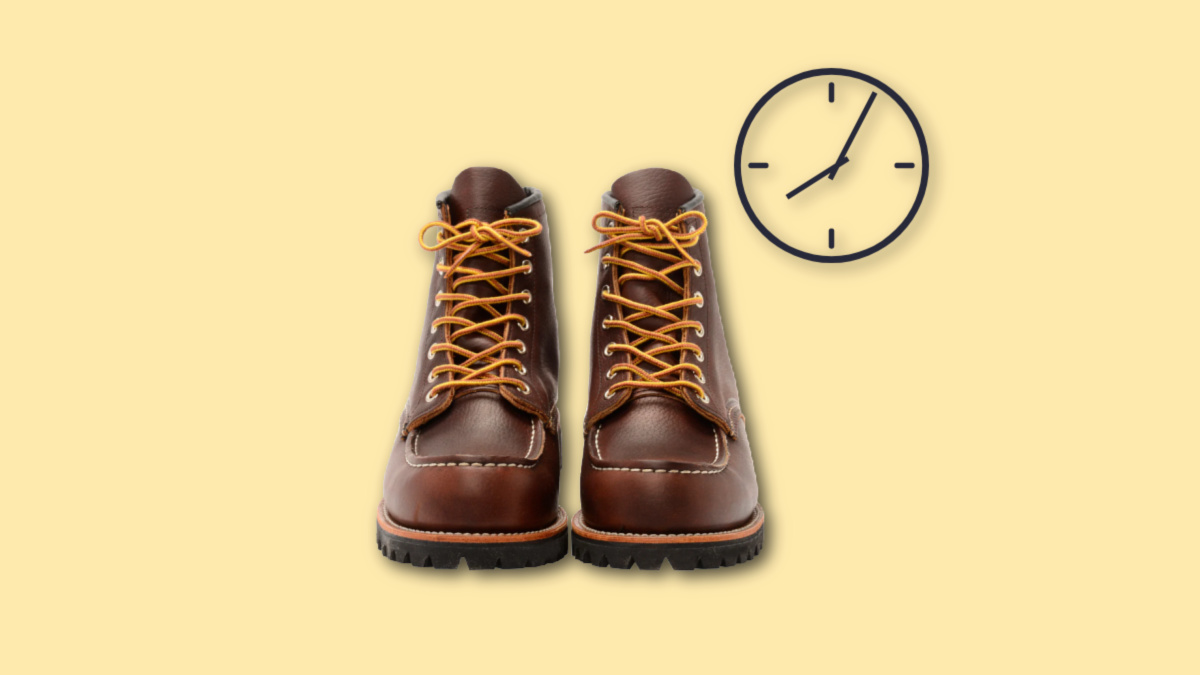
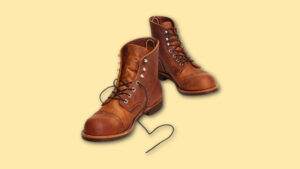
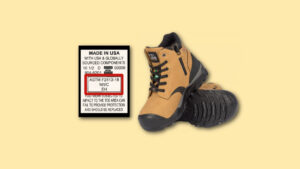
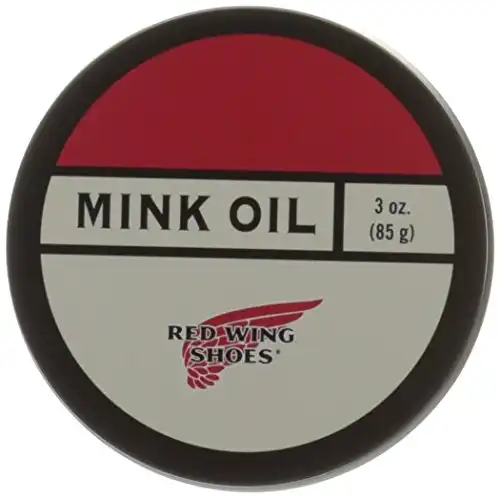
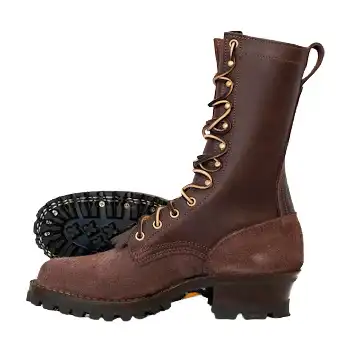

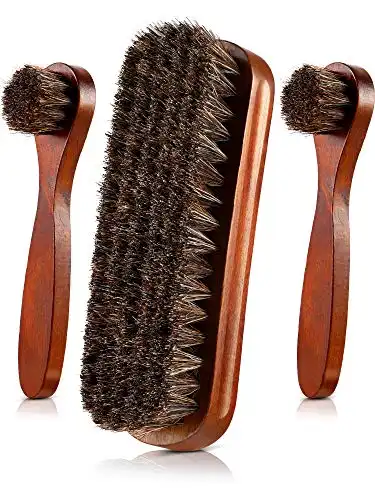

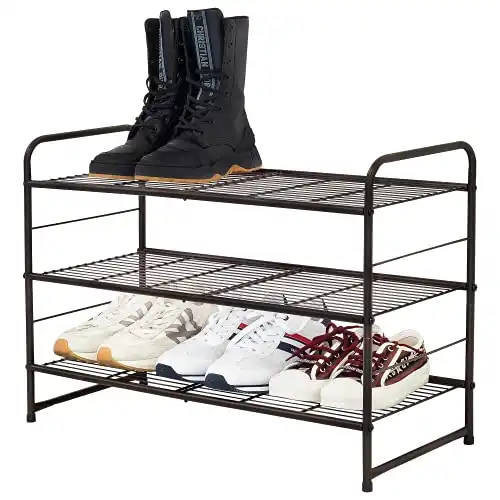

Join the Discussion